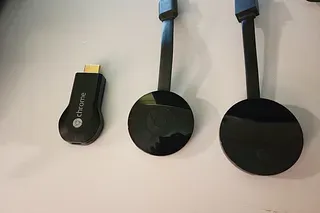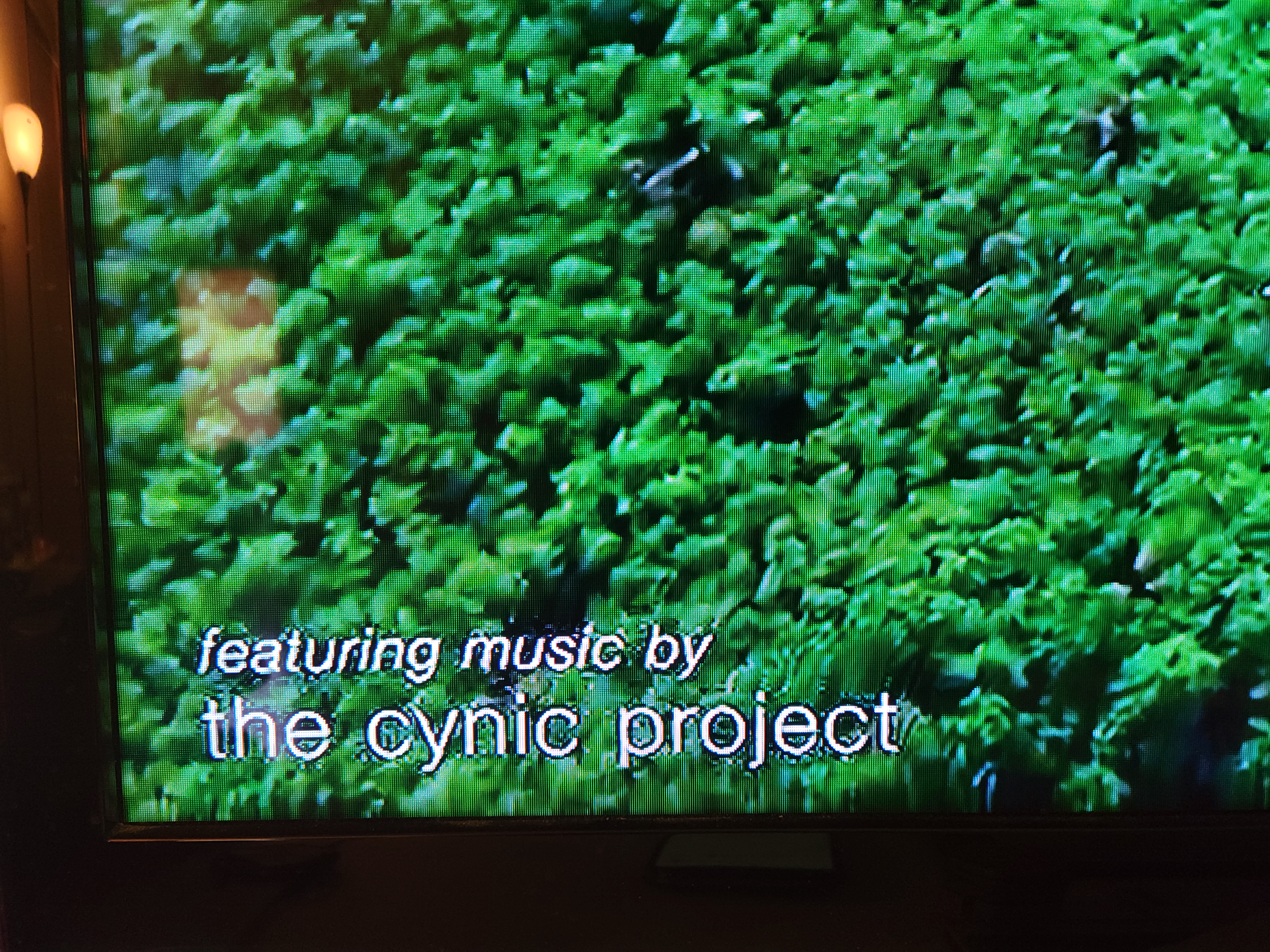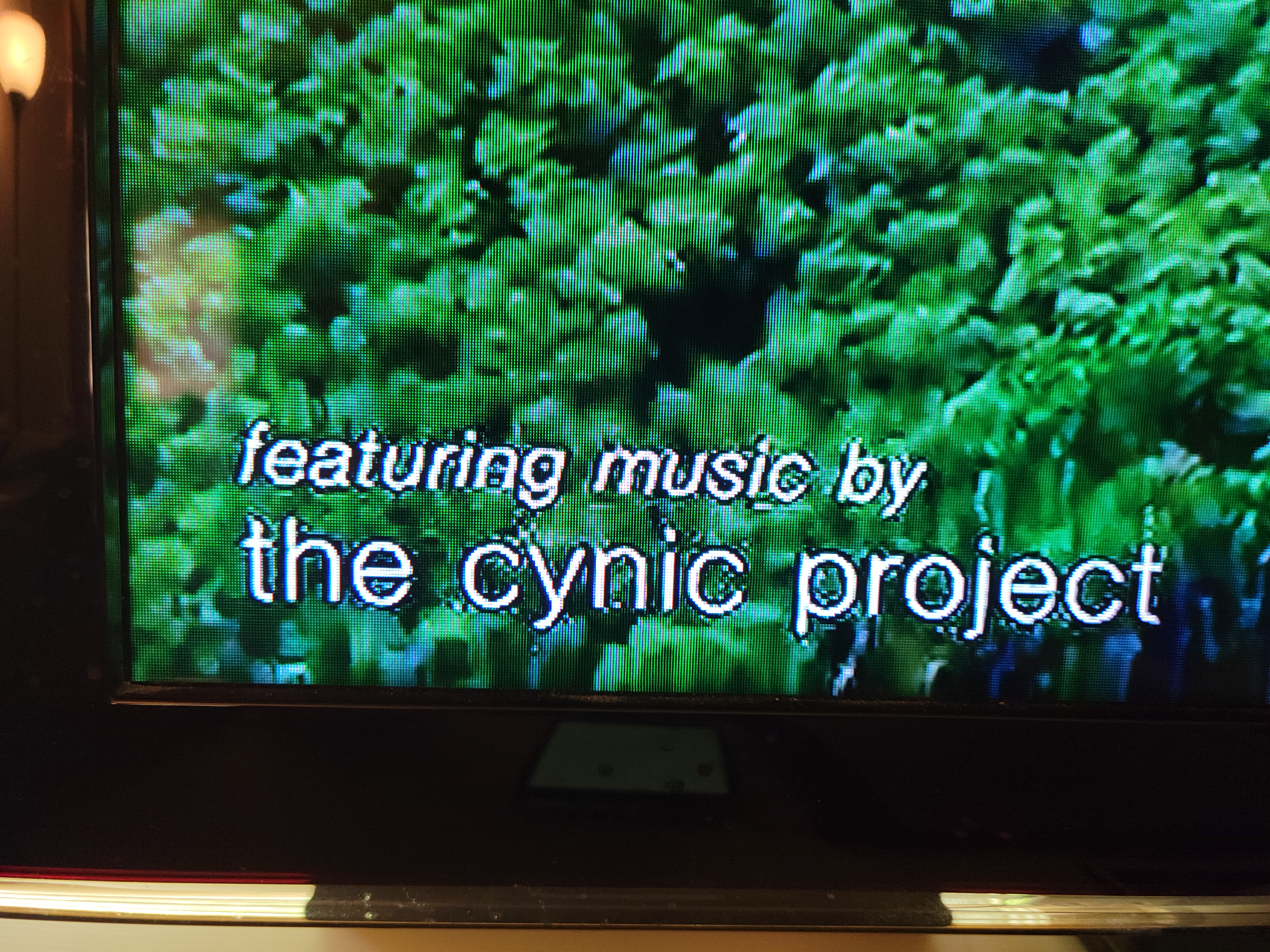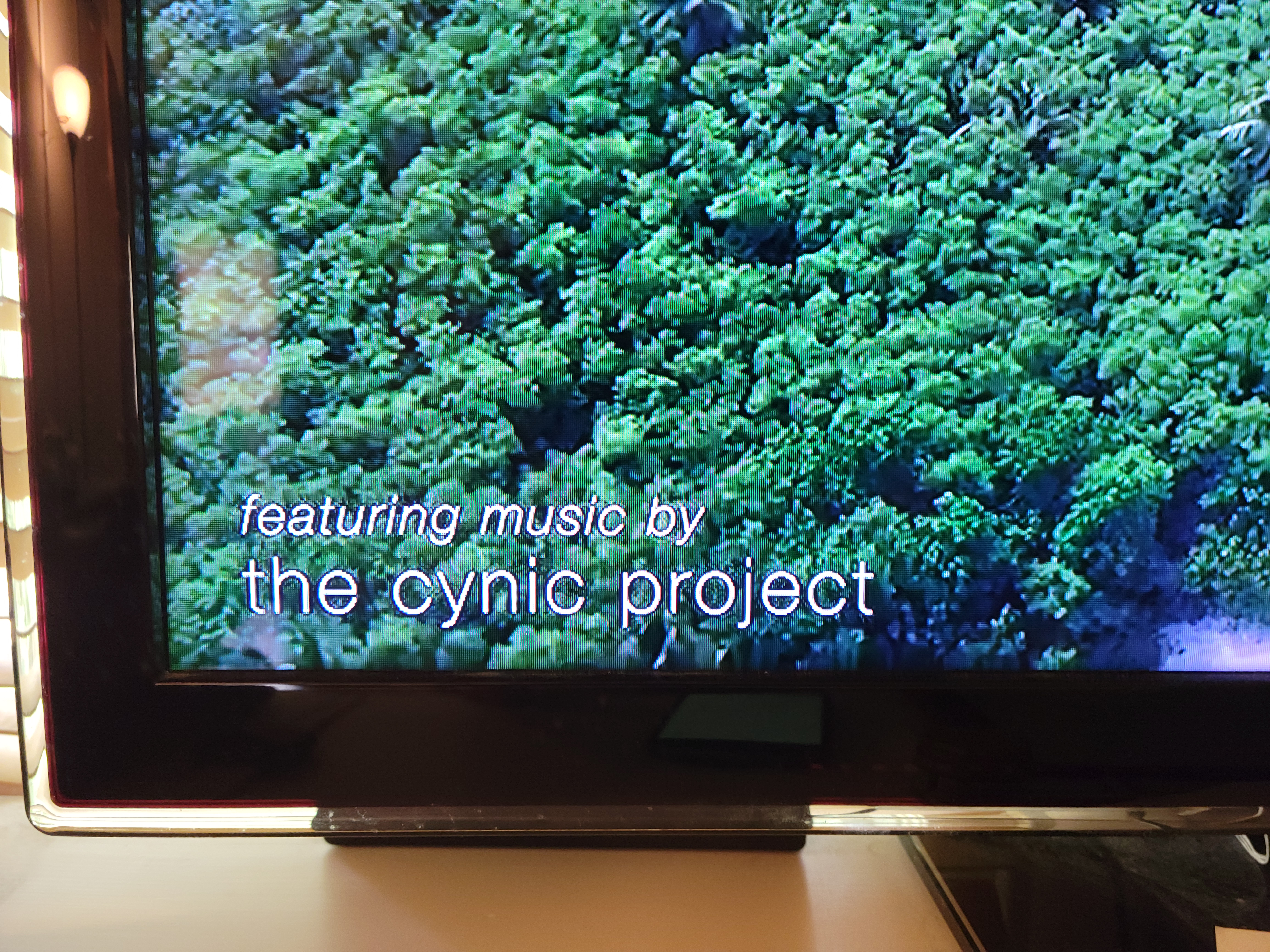Using the 1st gen Chromecast in 2023
How does it hold up, 10 years later?

When the 1st gen Chromecast was announced in the summer of 2013, I ordered one for myself right away. When it finally arrived and I set it up, I was blown away by the functionality. Google Cast technology, which is almost ubiquitous now, seemed too easy to be true. I wanted one for every TV in my home. I wanted one for every TV in my family's homes.
And so did everyone else. Google couldn’t get devices into stores fast enough. I called all the big box stores every day to check stock, and managed to get just a couple more over the following weeks to give away as gifts.
A decade later, this little $35 dongle has officially reached the end of support from Google, but has it reached the end of its useful life? There have been several more Chromecast devices released since 2013, all objectively better on paper, but if you are still using the original in 2023, is it worth replacing?
What does it mean that the 1st gen Chromecast is no longer supported?
Simply put, being out of support means that the device will no longer receive firmware updates. Most of us are familiar with this phenomenon because our smartphones typically only get a few years of major operating system updates. Updates often bring new functionality, bug fixes, and security fixes. If any apps depend on functionality that is only present on new firmware versions, then they may not work at all on the old devices. This happens all the time with our smartphones, and is part of the reason that Google provides compatibility libraries for Android developers.
The 1st gen Chromecast no longer receiving updates means that it will eventually miss out on features, and possibly become incompatible with apps that use those features. But in 2023, that likely isn’t a problem yet. What could be a problem, without us knowing it, is the lack of security updates. We’re not logging into our bank accounts or controlling our HVAC with a Chromecast, but there is still some small risk that an unpatched security vulnerability could act as a gateway into your home network.
Comparisons
Accepting that risk, lets put the 2013 Chromecast to the test against a couple newer models. These tests are not going to be very scientific, and the conclusions will mostly be subjective based on my observations.
In 2013, 1080p HD televisions were still king. 4K UHD didn’t really start to hit homes until a few years later, and even today, only around half of homes in the US have a 4K capable television. But prices have dropped considerably, so if you don’t already have one, there is a good chance that your next TV purchase will bring you into 4K. The 1st gen Chromecast only supports 1080p, so that alone may force your hand into upgrading. For my tests, I will use an older, but still perfectly functional, TV to limit resolution to 1080p.
To test video quality, I selected a YouTube video of island drone footage that contains lots of detail.
Time to video
For this test, while the Chromecast was on it’s idle screensaver, I cast the YouTube video and started a stopwatch at the same time to measure the time between when I pressed cast and the time the video started playing on the TV. For each model, I took four measurements.
1st gen Chromecast
27.77, 26.81, 20.79, 18.59 = average 23.49 seconds
2nd gen Chromecast
14.83, 13.53, 16.09, 13.97 = 14.605 seconds
Chromecast Ultra
8.64, 11.11, 10.87, 11.24 = 10.465 seconds
Compression
Video streams from YouTube and other streaming services are encoded (also referred to as compressed) using codecs such as H.265, VP9, or AV1 to save space and network bandwidth. Cheaper consumer devices such as Chromecasts usually depend on hardware decoders built in to their chipsets to efficiently process video streams. Newer codecs are generally more efficient (compress to a smaller size) and less lossy (retain more original details) than older codecs.
1st gen Chromecast
The 2013 model uses a chipset which only has hardware decoding for the older H.264 and VP8 codecs. With Wi-Fi connectivity limited to 802.11n (Wi-Fi 4), a standard first released in 2009, and limited amounts of RAM, the video quality is noticeably still compressed by the time it hits the screen.
Areas with fine details, such as forests of trees waving in the wind, were blocky and lost much of their definition.

2nd gen Chromecast
The second gen uses a variation of the same chipset, but packs three “adaptive antennae” that can connect via 802.11ac (Wi-Fi 5) for faster and more stable network performance. Video quality did seem better on this model, to my eye, but it still suffered some in the heavily detailed areas.

Chromecast Ultra
Unsurprisingly, the 4K capable model, which is rated to stream video at much higher data rates than the 1080p stream I was using, had the least visible compression.

Dropped frames
1st gen Chromecast
I watched the video for over 5 minutes, and occasionally I would notice what seemed like a partially dropped frame. Portions of the image would stop moving for a split-second then catch up to the rest of the video.
2nd gen Chromecast
No dropped frames observed.
Chromecast Ultra
No dropped frames observed.
Interactive features
When the Chromecast first launched in 2013, practically everything was controlled via the casting app on your phone. Since then, YouTube and many other apps have introduced on-screen controls that, depending on your TV, you can control using your TV remote. The older TV that I was using for testing didn’t allow for this pass-through of input, but the YouTube app includes a remote that lets you use the on-screen menus.
1st gen Chromecast
The user interface renders correctly, but any animation, such as when scrolling through the menus, frequently stuttered. There was a delay between when I push a remote button and when the interface took action, and it was common for button presses to get completely dropped. This was particularly frustrating when using the on-screen keyboard for typing into a search field.
2nd gen Chromecast
Though this model has better Wi-Fi performance, I still noticed delays and dropped button presses. The user interface animations, however, were smooth.
Chromecast Ultra
Even for the 4K capable model, there was still some delay between remote presses and actions on-screen. However, no button presses were dropped, which meant that I could use the on-screen keyboard with less errors. The interface interactions were also smooth on this device.
Conclusions
Newer is better, even when you are technically pumping out the same number of pixels. The newer models are much faster both to start casting and in interactive user interfaces. Most importantly, in my opinion, the newer models decoded video streams much better by rendering cleaner, more crisp images with less loss of detail.
I entered this testing wanting the old device to still be worth using, and if you’re only using it to play podcasts or other low-detail videos, they may still be useful. However, if you are still using a 1st gen Chromecast on your main TV screen, even if that TV only supports 1080p, then it’s time to upgrade. For $30, or $50 if you opt for the 4K version, it’s worth it.


